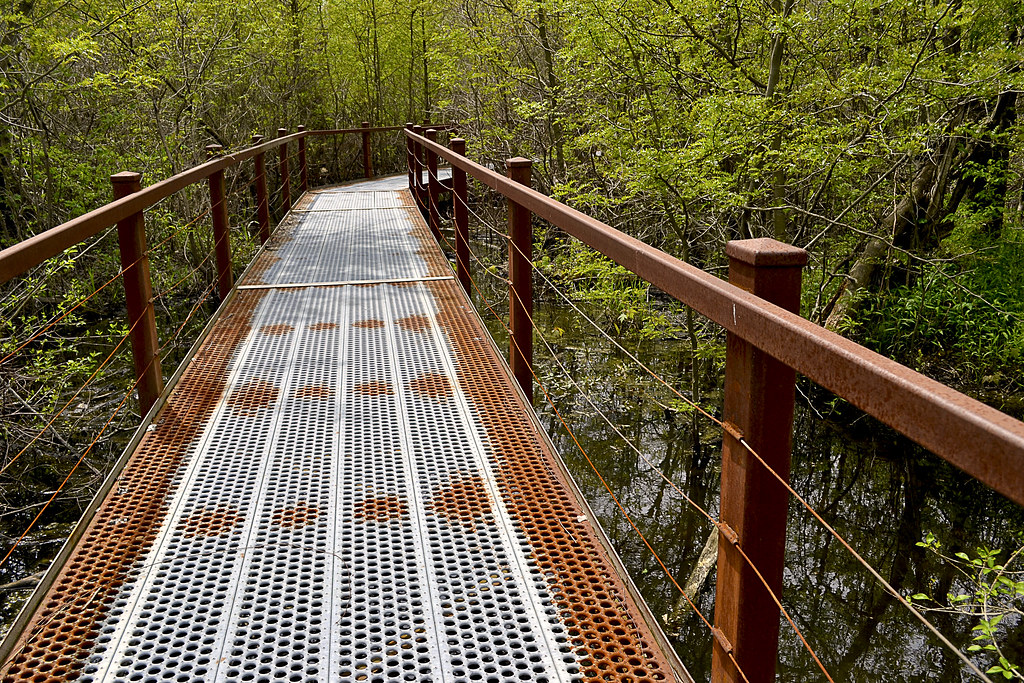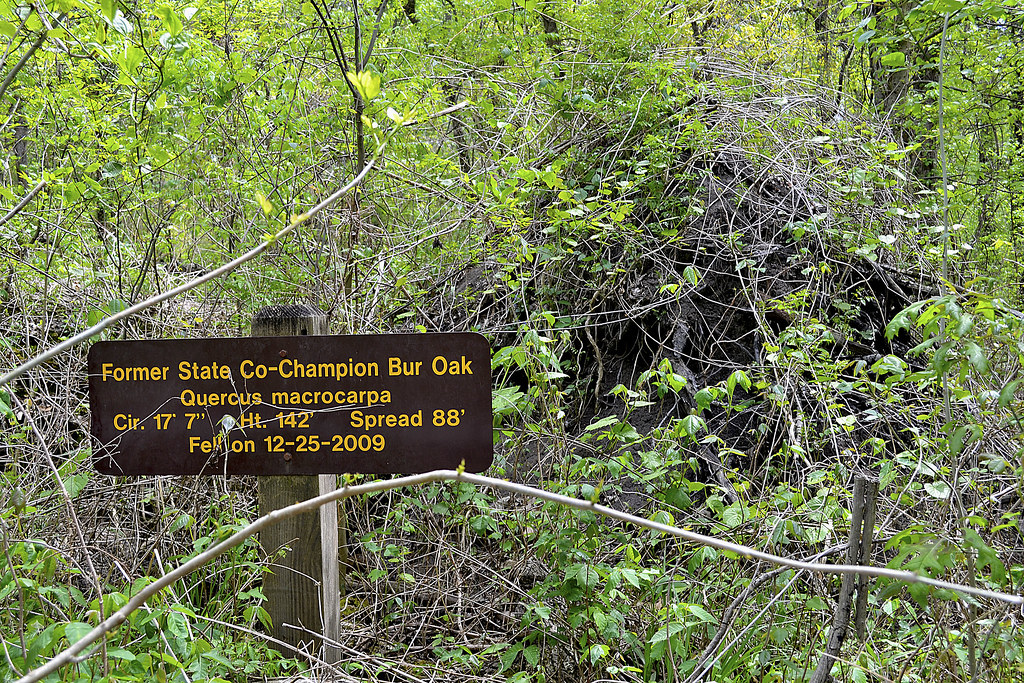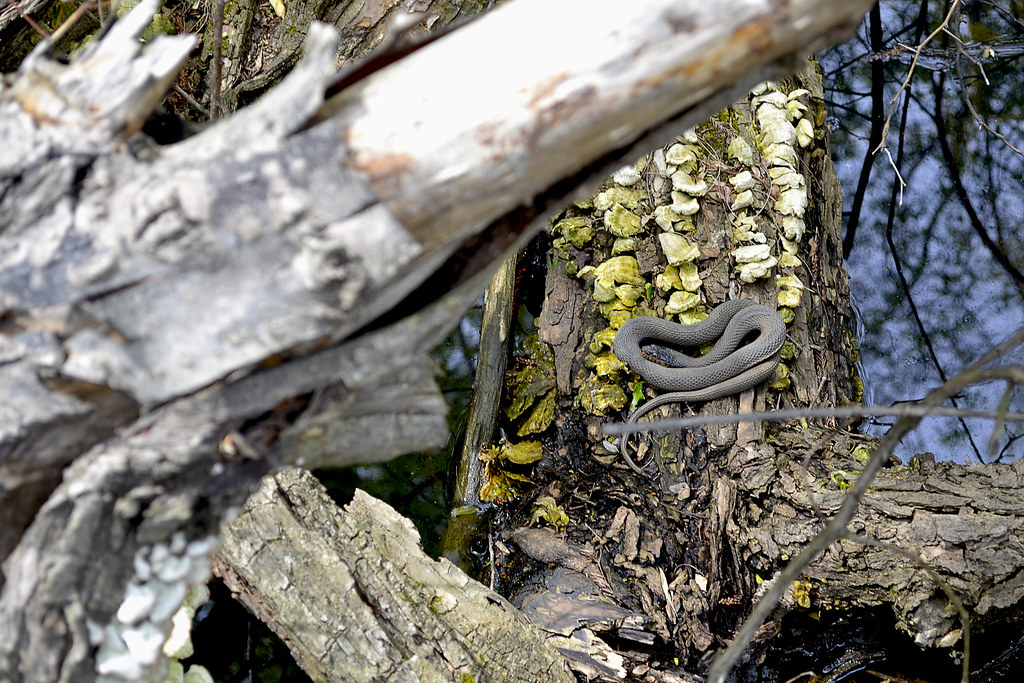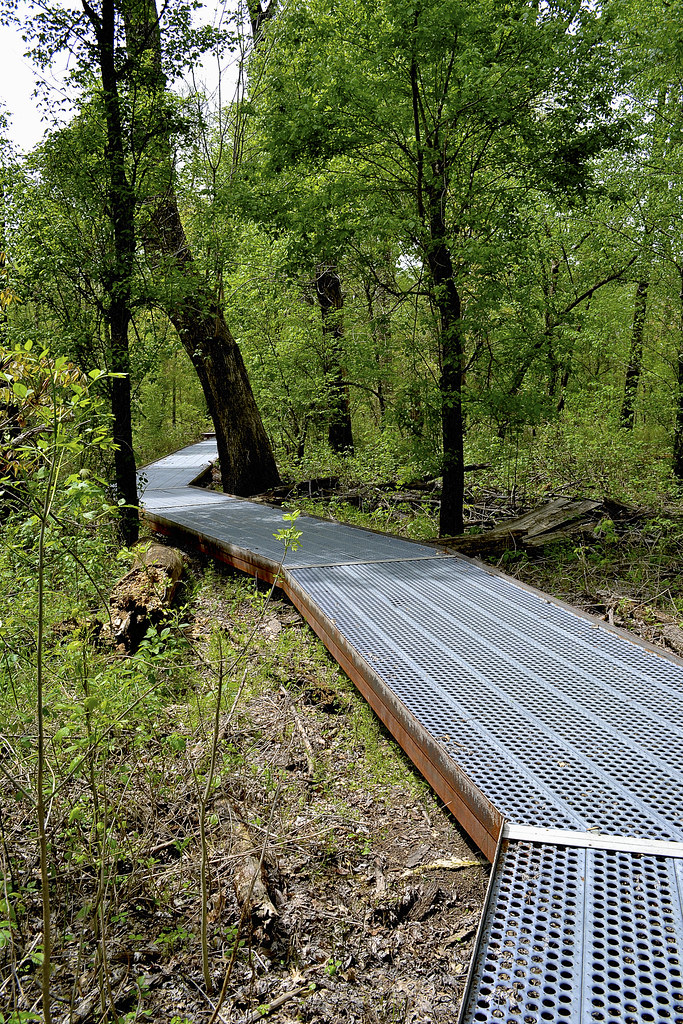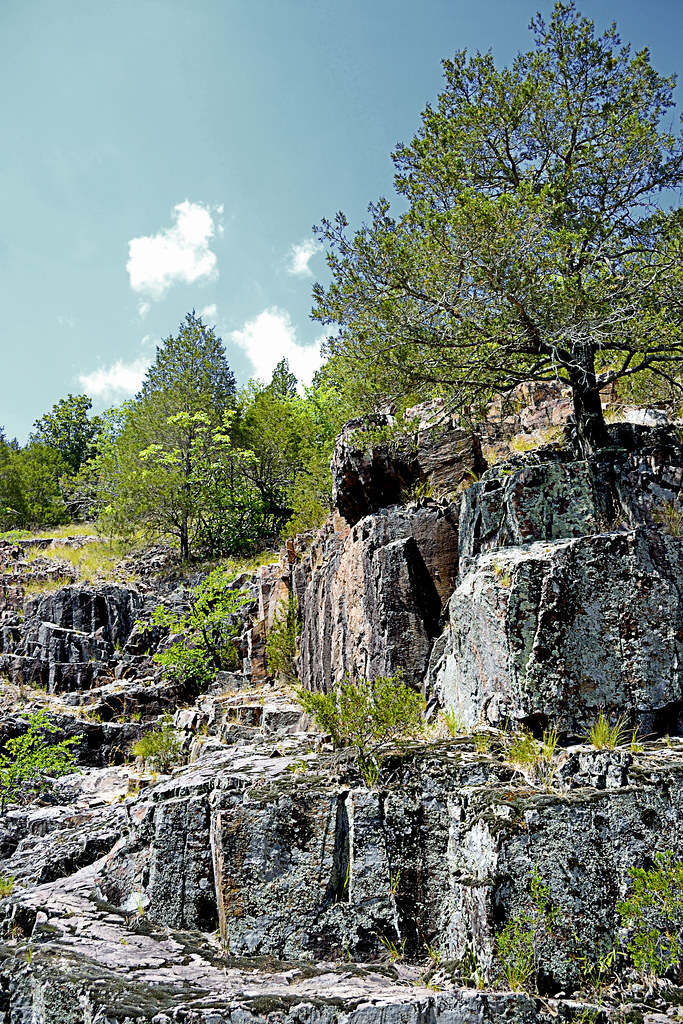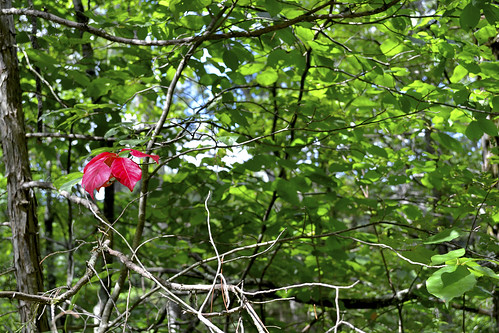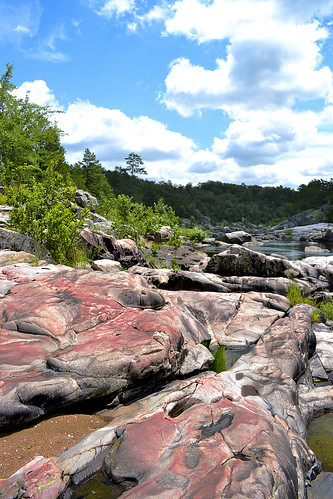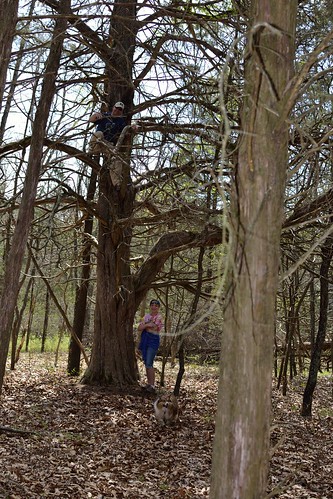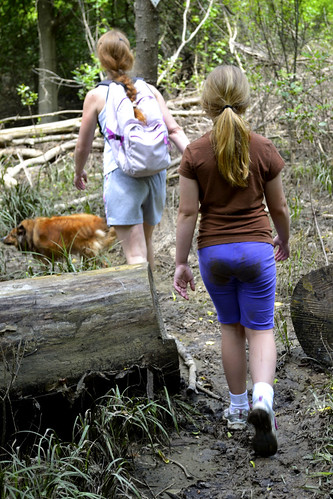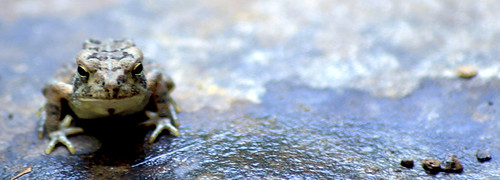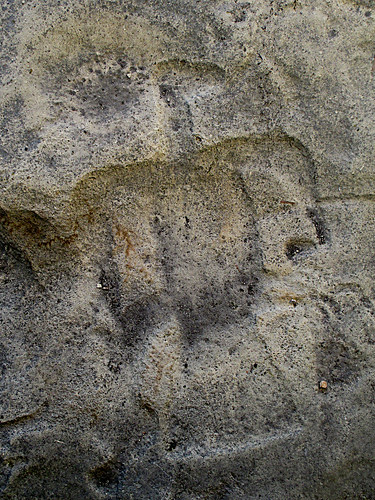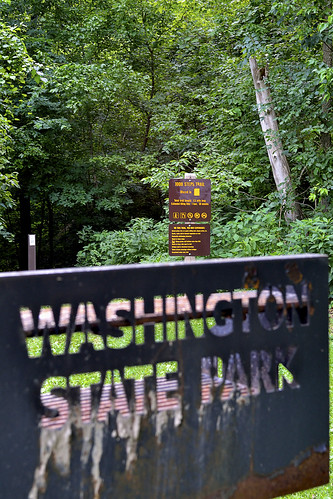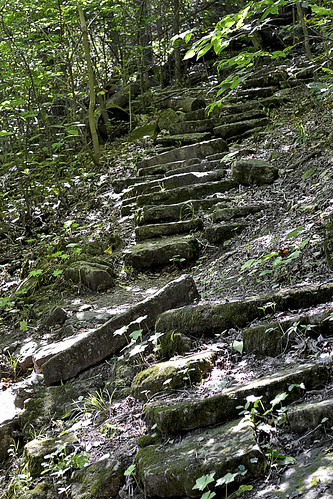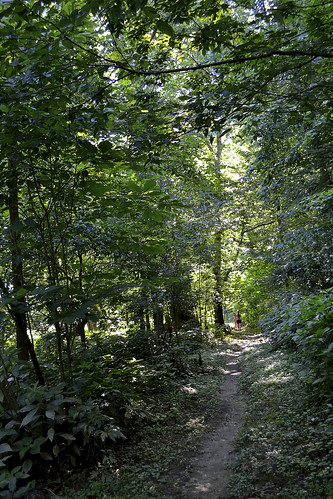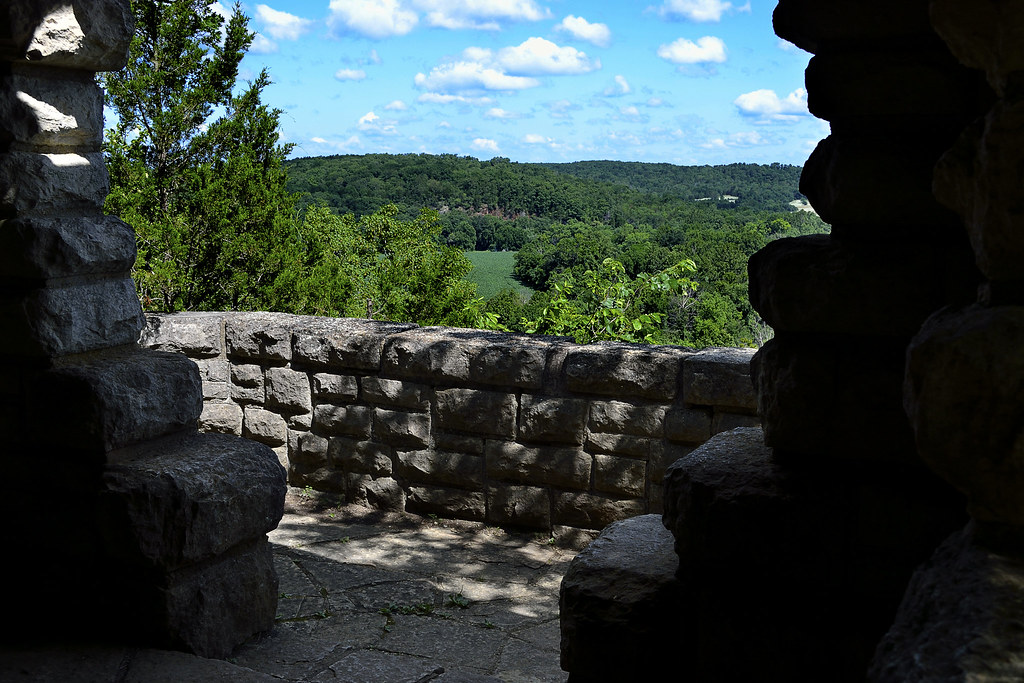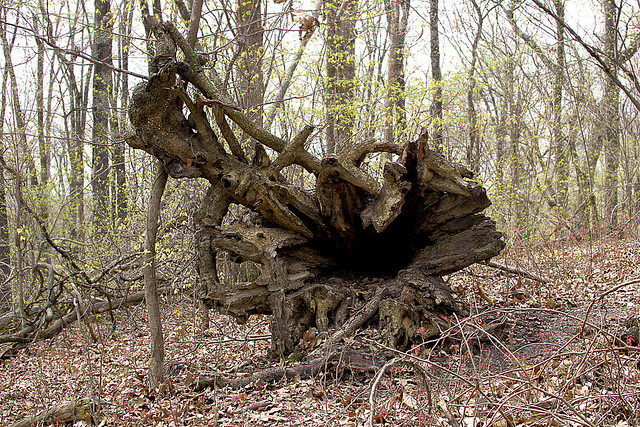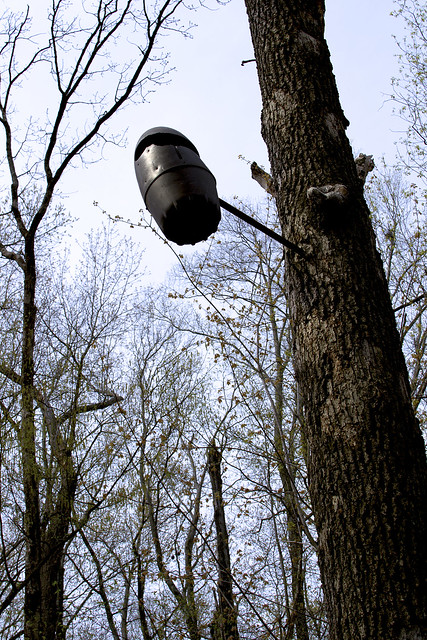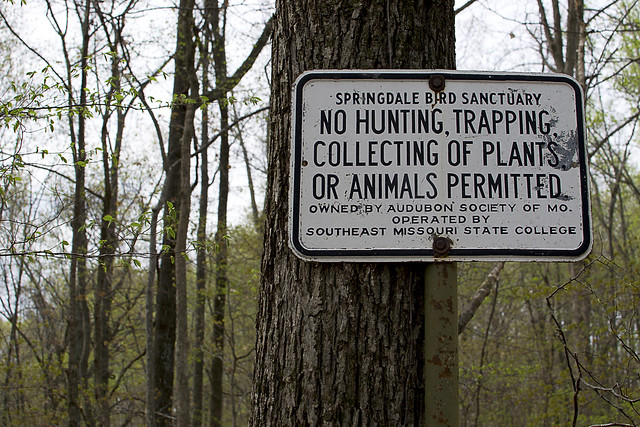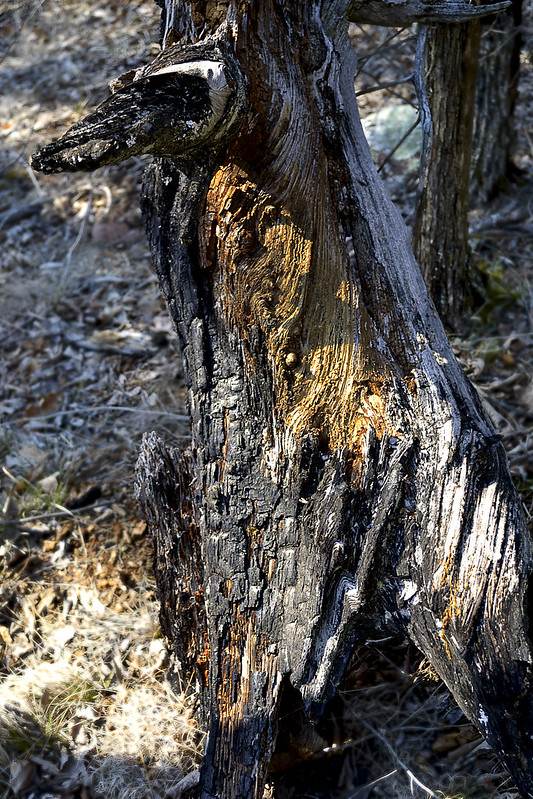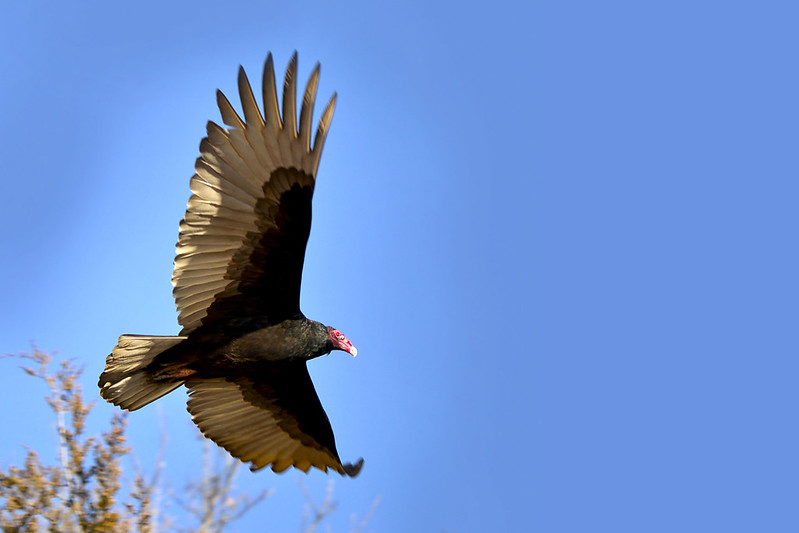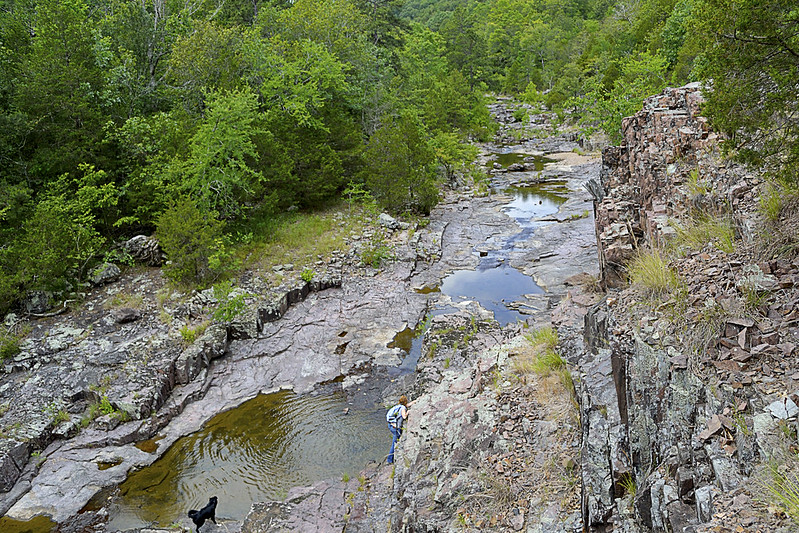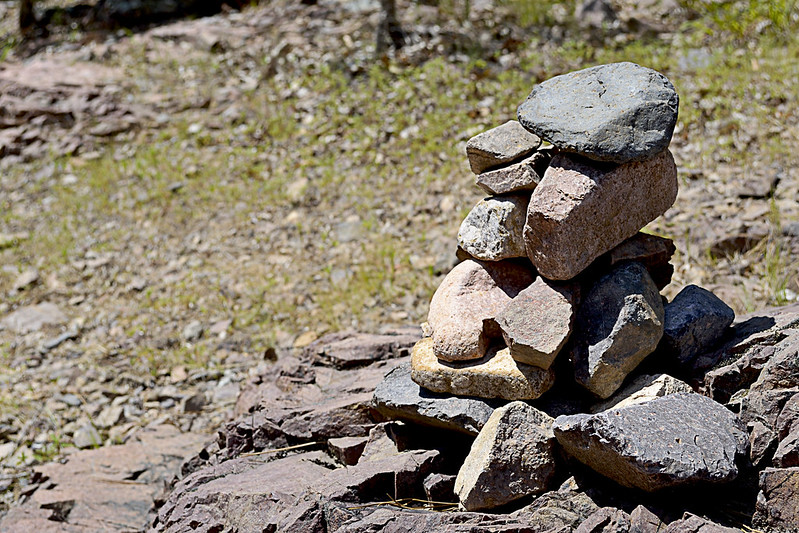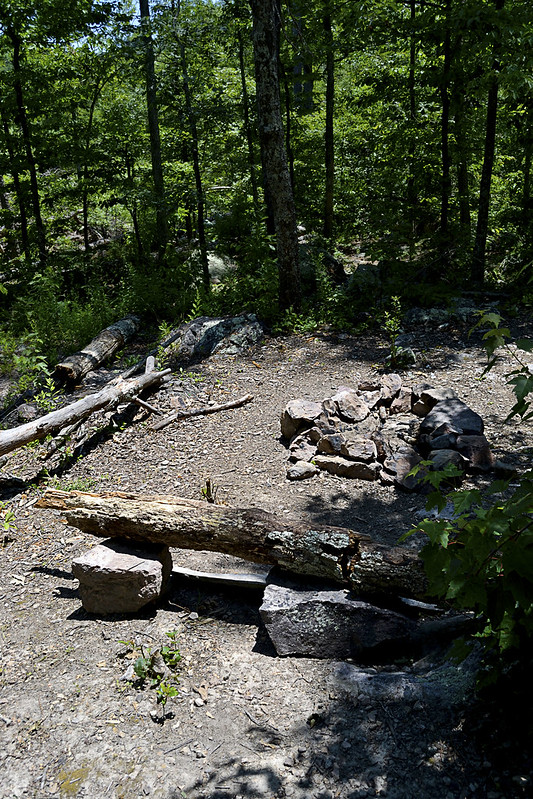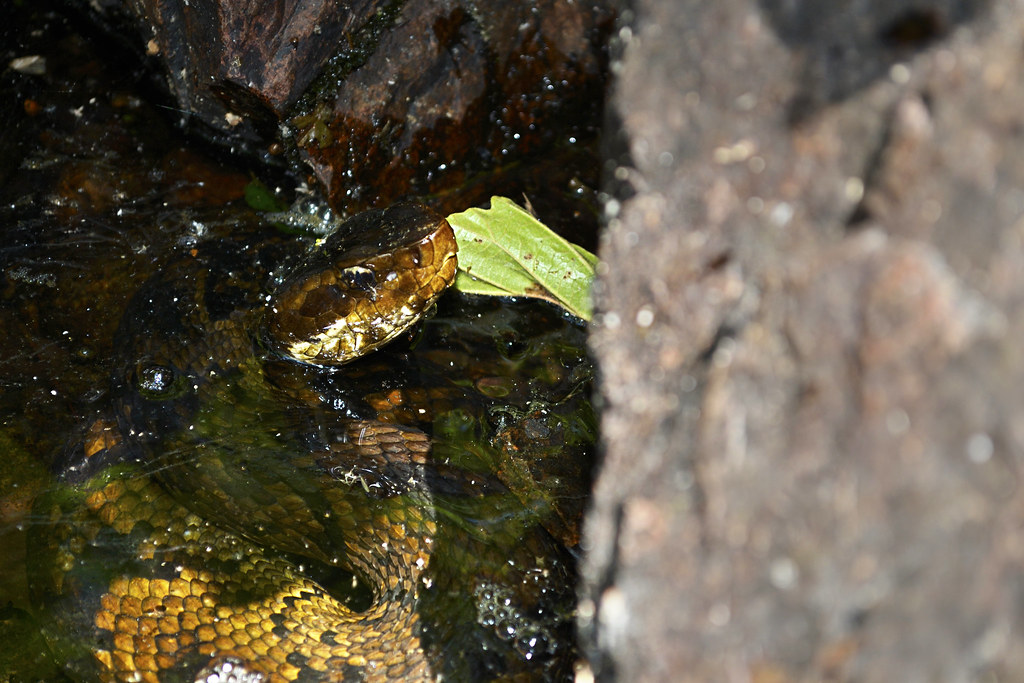Real-life giants reside in a small conservation area near East Prairie, Missouri. These behemoths tower silently over the swampy land. As we strolled among these quiet colossi we gained a unique, native view of Southeast Missouri and were afforded a free trip back in time; as Big Oak Tree State Park is one of few areas that reflects the original swampy land that the early Native Americans and settlers explored and lived in centuries before us, earning it a Missouri tag as a Natural Area. As we journeyed over the Boardwalk Trail it was amazing to see traditional Missouri hardwood forest with exquisite oak, hickory, sweet gum and sugarberry transform into an environment that would seem to be more at home in Louisiana; a soupy swamp featuring a champion pumpkin ash, bald cypress, swamp privet, button bush, swamp locust, and large black willows, all within a just few yards. After a tour of Big Oak Tree State Park visitors can certainly see why we locals call the bootheel "Swampeast" Missouri.
The Park of Champions!
Many current and past champion trees call Big Oak Tree State Park home. In fact, this Missouri state park boasts more champion trees than any other location in Missouri, earning it the nickname "The Park of Champions". According to what I have read the park's two National Champion trees are a Pumpkin Ash with a 118 foot circumference that stands over 150 foot tall and a Persimmon that is 97 foot in circumference and reaches 133 foot in height. Just to provide a quick comparison of just how mighty these mammoths are, an average Persimmon tree stands about 60 foot tall, the noble Persimmon Champion in Big Oak Tree State Park more than doubles that figure! If you want to see the champion Persimmon you will need to take the1.5 mile Bottomland Trail. I'll be honest, even the VINES here are MASSIVE! You can find vines growing up these majestic giants that are reminiscent of creeping vegetation I've only seen in Indiana Jones movies. Be careful though, some of those vines are poison ivy; others include wild grape, peppervine and Virginia creeper.
A unique native habitat provides for diverse life.
As you hike through Big Oak Tree State Park you may spot wildlife and plantlife that you may not see again or at any other park in Missouri. As you journey through this unique environment, be sure to keep an eye out for the swamp rabbit, who has been placed on the conservation concern list due to its habitat continuing to be drained in Missouri. This unique and sometimes large rabbit loves to swim in the soupy Southeast Missouri swamplands, if pursued they will take to the water to avoid their pursuer and can frequently be seen resting on logs and sticks in the middle of swampland. Birdwatchers from near and far can also be found as over 150 species of birds may be seen here; including the brightly colored prothonotary warbler and my personal favorite, the pileated woodpecker, which can be heard tapping upon the Big Oak Tree giants in search of a meal. There are snakes in the swamp as well, although there have NOT been any documented sightings of any venomous water snakes such as the water moccasin (cottonmouth) according to the Missouri State Park's Plants and Animals page. You may also keep an ear out for the chorus of croaks, as the frogs serenade for mates in the spring and summer. If you would like to know how to identify the type of frog by it's song, here is a great video for you:
Be sure to bring the kids...
Big Oak Tree State Park is a perfect place to take the kids and have a great day out. The park itself boasts a large picnic area that is near both of the trails and feature barbeque grills, picnic tables, playground, and a large shelter (just in case the weather changes). The Boardwalk Trail is a beautiful and easy walk, the suspended metal trail keeps you dry and your shoes dry as you make your way through the bottomland forest and into a real Southeast Missouri swamp. However, if you are looking for the Interpretive Center which is located at the trailhead for the Boardwalk Trail, it is closed, with a No Trespassing sign blocking the stairs.
But keep in mind...
There are plenty of birds singing, frogs leaping, and even a few snakes slithering in the swamp, but the trail should keep you above any danger. Remember though, you're in a real patch of the "Swampeast" here, and mosquitoes just LOVE all that muddy stagnant water, so don't forget the bug repellent you may want to read my critically acclaimed "Better Safe Than Swarmed - Homemade Bug Spray" and make your very own (ok, so just my mother acclaimed it, but she's a critic, right?). And my "Tiny. Tenacious. Terrible. Ticks." post will help you properly remove any unwanted bloodsucking hitchhikers that may feel the need to tag along. You may also want to tack a glance at How to Take a Great Dayhike as well, to help you prepare for a great family or solo hike. If you're looking for a trail longer and more "natural" than the Boardwalk Trail, you'll want to hit the Bottomland Trail, which is accessible via a spur that leads to the picnic area and the official trailhead which is near the park's lake. The Missouri Department of Natural Resources has also produced a nice YouTube video that features Big Oak Tree Park, watch it below:
Thank you for reading, I hope to see you out on the trail!
More Information:
Big Oak Tree State Park - MDC page
Big Oak Tree State Park Topographic Map
Visit Local Treks on facebook!
Go See A Champion - A site listing Champion trees throughout the US
Better Safe Than Swarmed! - A How-To for homemade bug repellen
Tips: How To Take A Great Dayhike
Tiny. Tenacious. Terrible. Ticks.
National Geographic "Backyard Bird Identifier"
MDC Field Guide - An EXCELLENT resource to local wildlife
